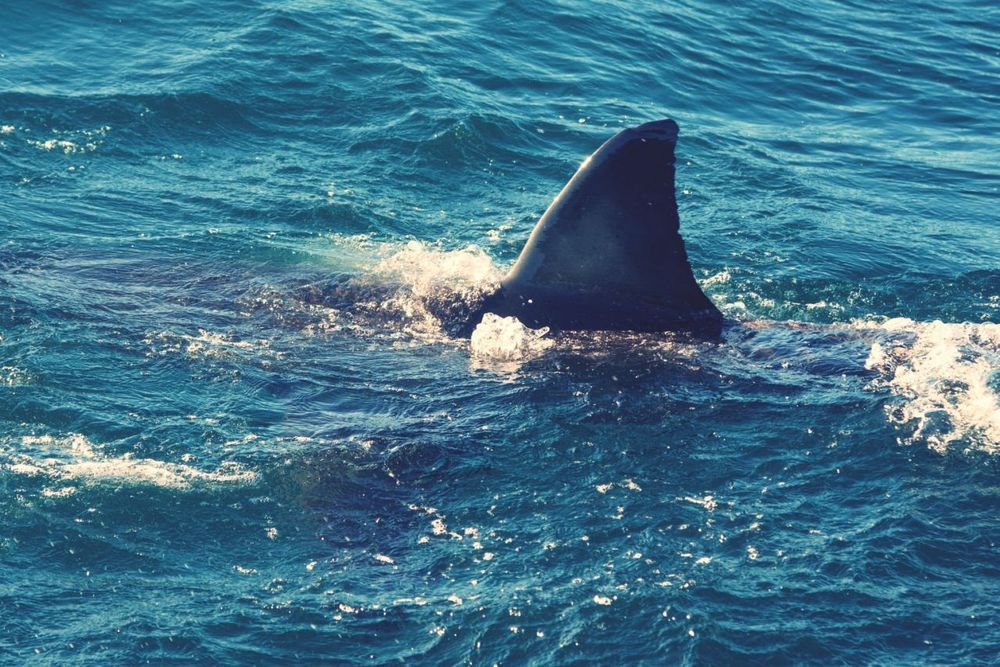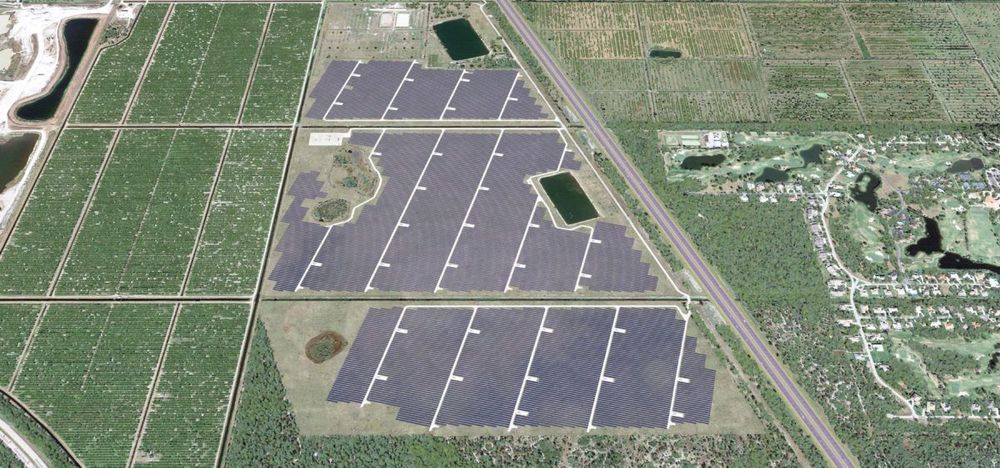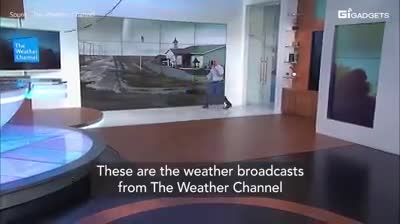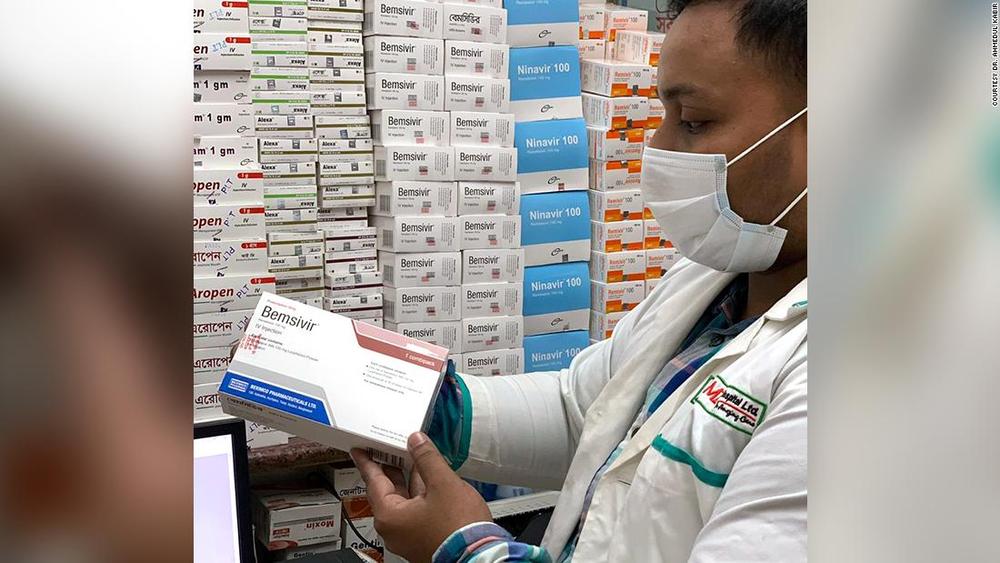Base Hologram has made its mission clear: create premium holographic shows. But will the ethical questions surrounding holograms keep it from success?
Get the latest international news and world events from around the world.


US highways have significant solar potential
Utilizing lands for Right of Ways of Interstate Highways offer a lot of solar potential.
From pv magazine USA
As more states establish renewable energy mandates and expand the penetration of solar onto their grids, officials and developers are finding that locating land for these projects can be tricky. A new study released by the University of Texas at Austin’s Webber Energy Group looks to solve some of these siting issues by using publicly available and underutilized land at interstate exits.




Big global study finds remdesivir doesn’t help Covid-19 patients
🤔 (CNN)In a study it described as both conclusive and disappointing, the World Health Organization said the antiviral drug remdesivir has “little or no effect on mortality” for patients hospitalized with coronavirus and it doesn’t seem to help patients recover any faster, either.
Until now, remdesivir has been the only drug that appeared to have specific effects for coronavirus. It was the only drug with an Emergency Use Authorization for Covid-19 from the US Food and Drug Administration.
Results of the WHO study have not been published in a peer-reviewed medical journal.🙄 But WHO posted them to a pre-print server.


#51 Longevity Dialogues Part 1, The Long View. With Sergey Young, David Wood, and Jose Cordeiro
First in a series of Longevity Dialogues. Suggestions for future focus encouraged.
Host Mark Sackler conducts a lively discussion on issues involved with the anticipated implementation and implications of radical life extension. With XPrize innovation board member Sergey Young, and futurist authors David Wood and Jose Cordeiro.